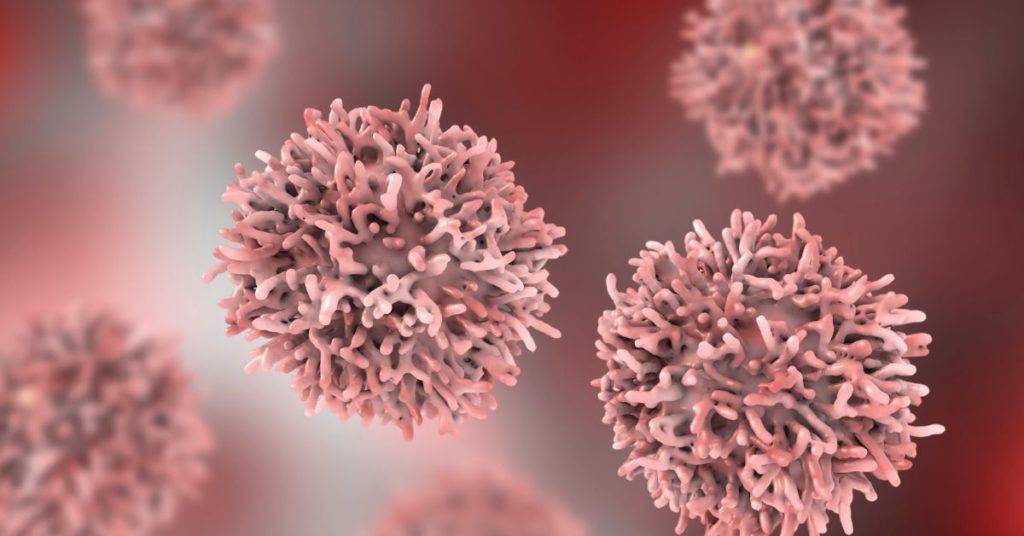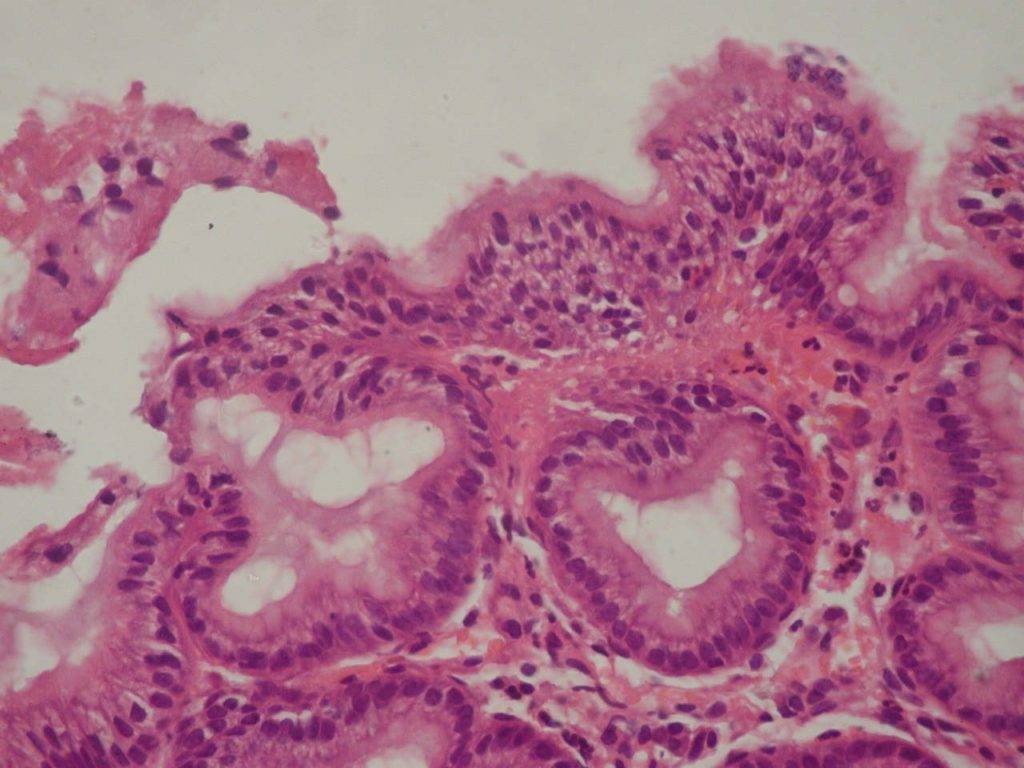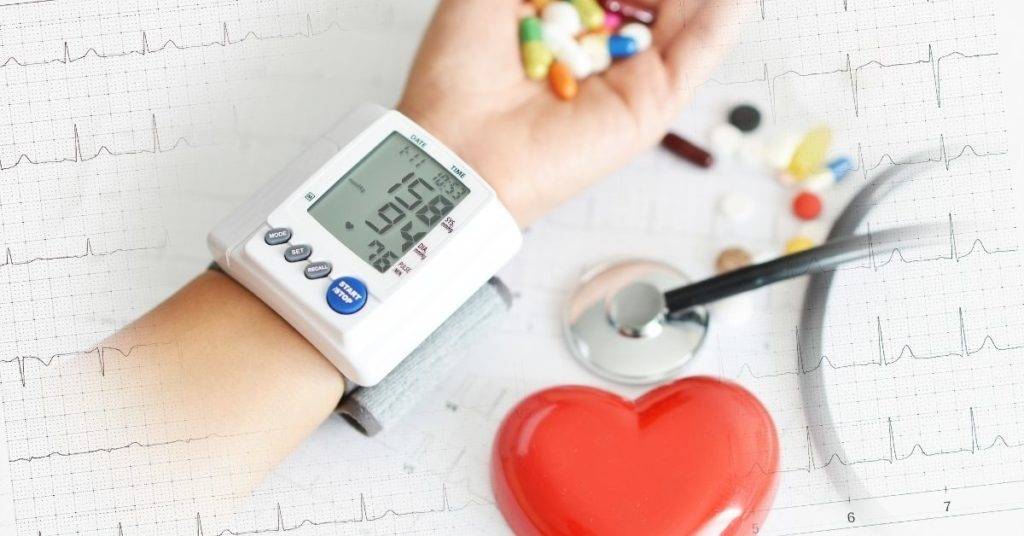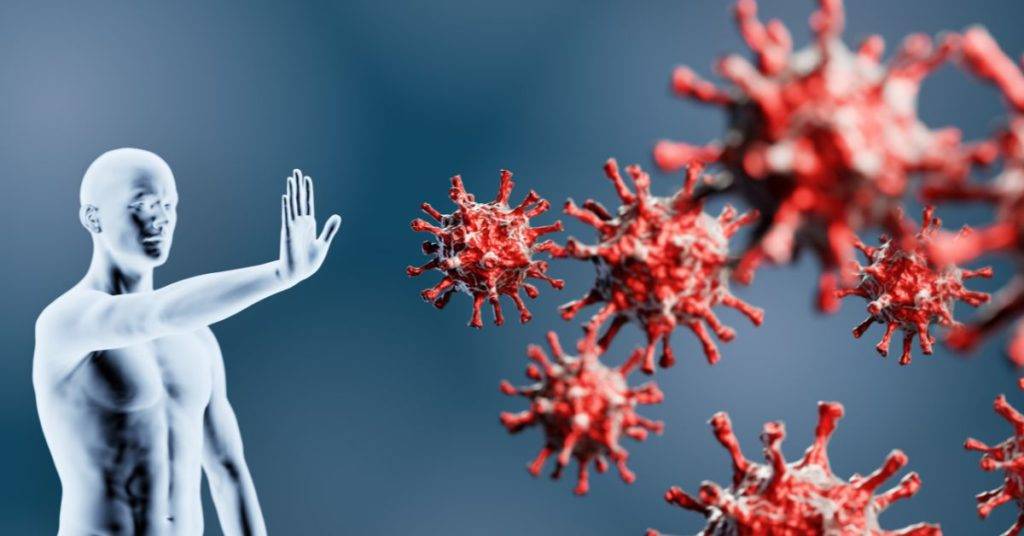Introduction: Connective tissue pathology is a base of the formation of chronic diseases in children and associated with an expressed immunodeficiency. Many connective tissue disorders (CTD) carry high risks for life-threatening heart and blood vessel conditions. The gastrointestinal tract, as it contains a lot of collagen, may also be impacted with the subsequent development of inflammatory-destructive damages.
Purpose: This study aimed to evaluate the significance of collagen level content and the state of immunological reactivity in the formation of peculiarities of gastroduodenal pathology in adolescents.
Materials and Methods: Inflammatory-destructive diseases of the gastroduodenal tract were studied in 155 adolescents 11 to 18 years of age. The traits of the CTD, including the Marfan syndrome, were determined relying on the Ghent criteria. CTD was revealed in 90 adolescents. 65 peers without CTD were included in the comparison group. Collagens content in the lamina propria of gastric-duodenum mucosa was evaluated by immunohistochemistry using monoclonal antibodies of collagen 1, 3, 4, 5 types. Biopsy samples were studied in a luminescent microscope using light filters. Immunologic homeostasis has been studied according to the monocyte-phagocytic, humoral, and cell links of immunity. A complex evaluation of immunity and connective tissue parameters was carried out using the system correlation analysis.
Results: Gastrointestinal involvement against the background of the CTD is characterized primarily by motility disorders, including gastroesophageal reflux disease, reflux-gastritis (77%; comparison group – 29%, P<0,001) and a reduced level of interstitial collagens. The average immunofluorescence intensity of collagen types 1 and 3 in patients with CTD was significantly lower (P<0,01). The connective tissue matrix of the mucosa is characterized by the structural transformation of collagen fibrils (wrong orientation, focal sclerosis, immaturity). It is accompanied by a decrease in mucosa functional ability with the development of valve-sphincter failure.
The form of mucosal lesions is chronic non-atrophic gastritis with simultaneous inflammation in the antral and fundal parts. Duodenal ulcer was identified rarely (10,0%; comparison group – 33,8%; P=0,035), and it was accompanied by the detection of Helicobacter pylori. It has been revealed that clinical manifestations of gastroduodenal pathology in adolescents with CTD are formed against the background of an increase in functional activity of monocyte-phagocytic link cells accompanied by a pronounced deficiency of phagocytic cells in the form of a decrease in the phagocytic number (60,9%, comparison group – 77,5%; P<0,001) and the phagocytic index (5,3; comparison group – 7,3; P<0,001).
The T-system of immunity is characterized by a depressive state, which is manifested by CD4+ reduction (39,5%; P<0,05) and CD8+ reduction (8,8%, P<0,001), while the B-system of immunity works in the activation mode with hyperproduction of antibodies to collagen and elastin.
Conclusion: Thus, CTD in adolescents is characterized by a low level of interstitial collagens in gastroduodenal mucosa and accompanied by specific disorders in immunological reactivity, which is the basis of the formation of motility disorders with the subsequent development of gastritis and esophagitis against the background of reflux. The work provides grounds for employing rehabilitation measures connected with the prevention of reflux disease and correction of the immune system in adolescents with CTD.
If you liked this article about connective tissue disorders, please leave your comment below!






Pingback: (2022) State Local Immunity In Adolescents With Gastroduodenal Pathology And Connective Tissue Disorders | Childhealthcreation.com | How To Grow A Healthy Child?
Pingback: (2022) Connective Tissue And Immune System: Parts Of The Holistic | Childhealthcreation.com | How To Grow A Healthy Child?
Pingback: (2022) Impact Of Connective Tissue Disorders On The Formation Of Gastrointestinal Pathology In Children And Adolescents | Childhealthcreation.com | How To Grow A Healthy Child?
Pingback: (2022) Evidence-based Approaches To The Prevention Of Gastrointestinal Pathology In Children And Adolescents With Non-inflammatory Hereditary Connective Tissue Disorders | Childhealthcreation.com | How To Grow A Healthy Child?